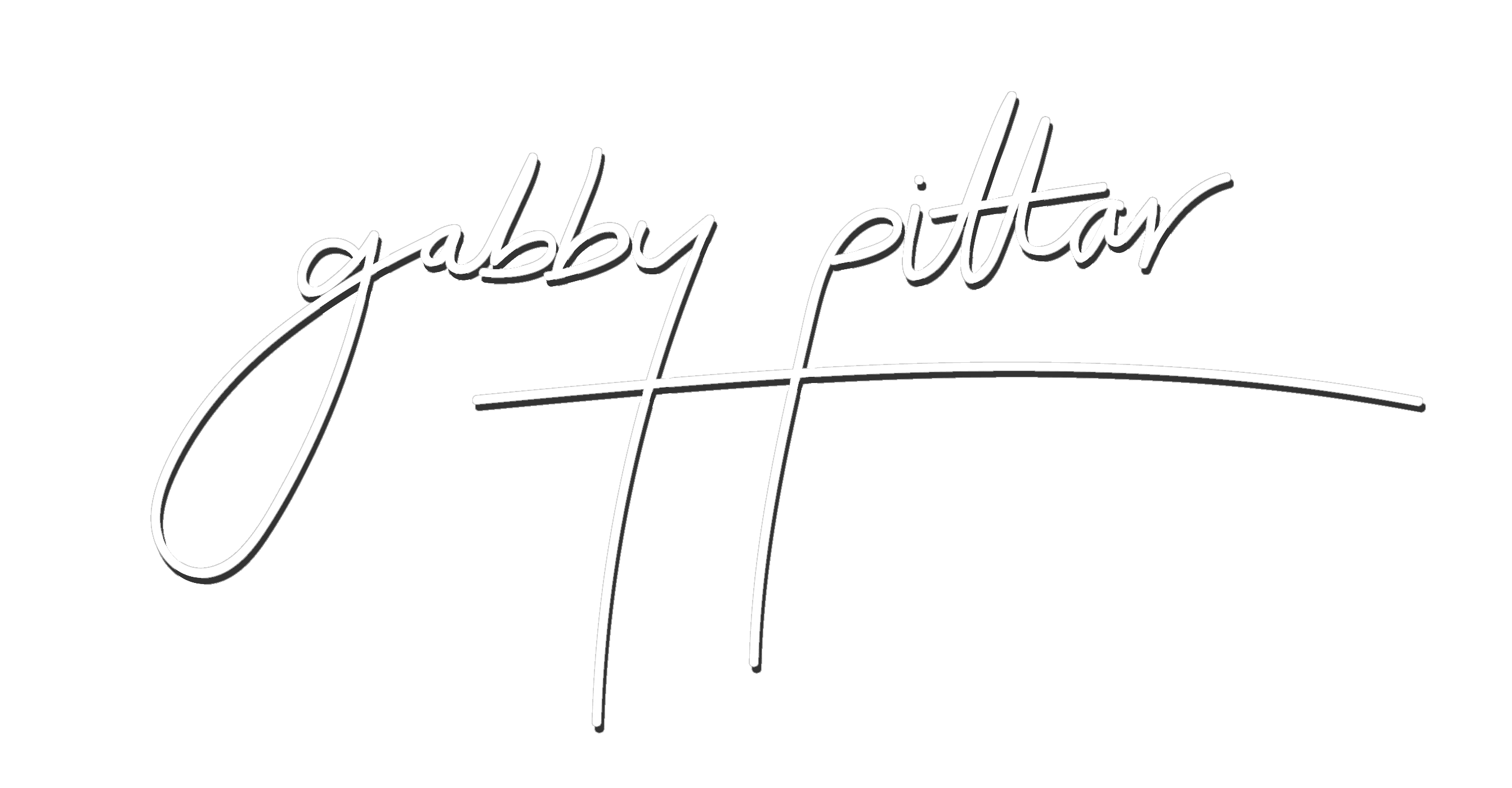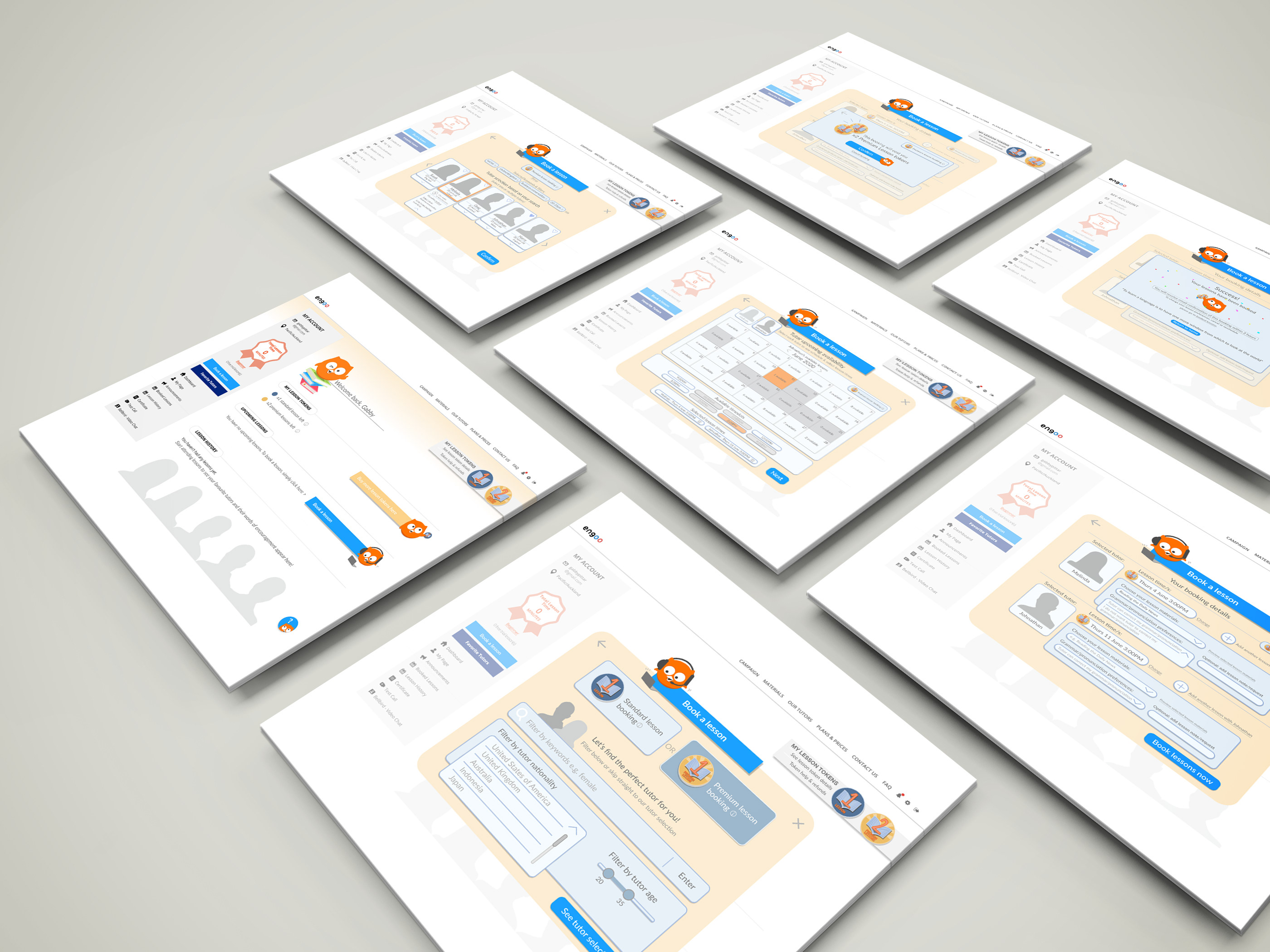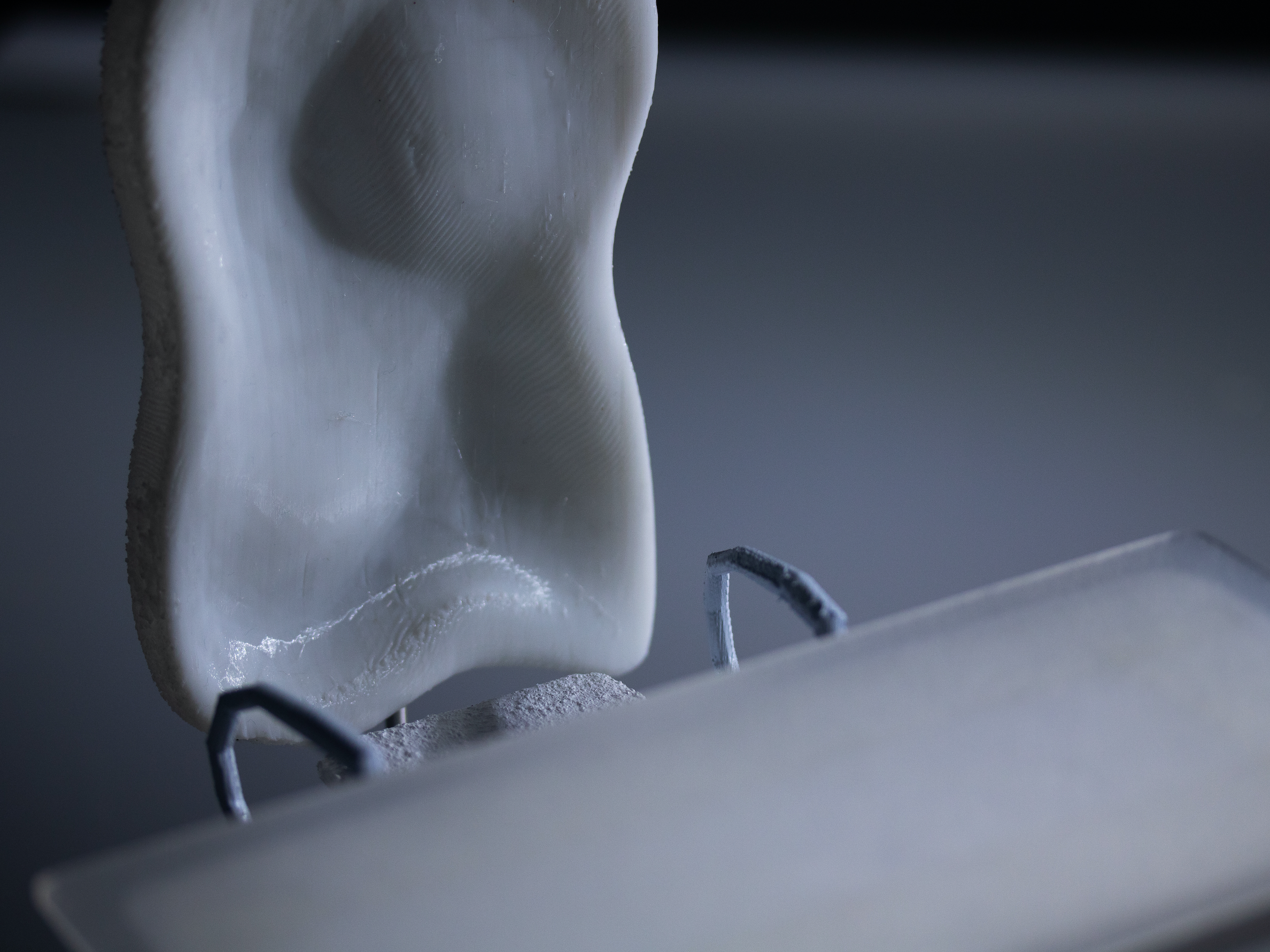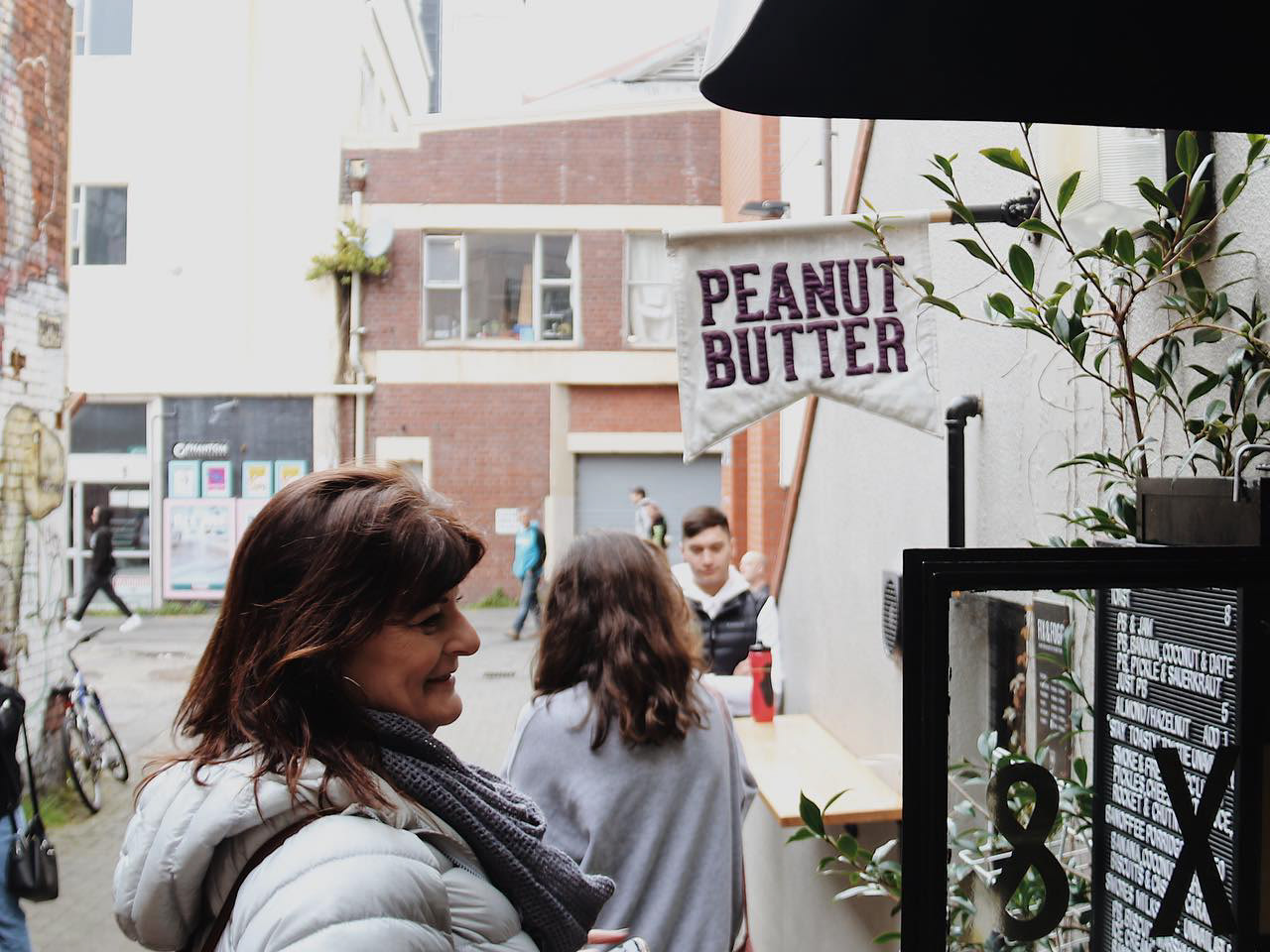Through observations and interviews with clinicians, this project identified and sought to remedy a common ADL (activities and daily living) pain point for people with stroke.
To gain stroke rehabilitation understanding, I observed videos of people with stroke living their daily lives, discussing physical and mental challenges and rehabilitative devices used. A common thread found was issues with dexterity in patients’ hands, arms and fingers limiting manipulation of objects, opening doors and operating motor vehicles, resulting in frustration and demoralisation.
After research, a cultural probe was designed to gather data on patients' daily routines, emotional wellbeing, relationships, concerns and accomplishments. Due to ethical restraints, a stroke clinician completed this cultural probe based on her experience with people with stroke.
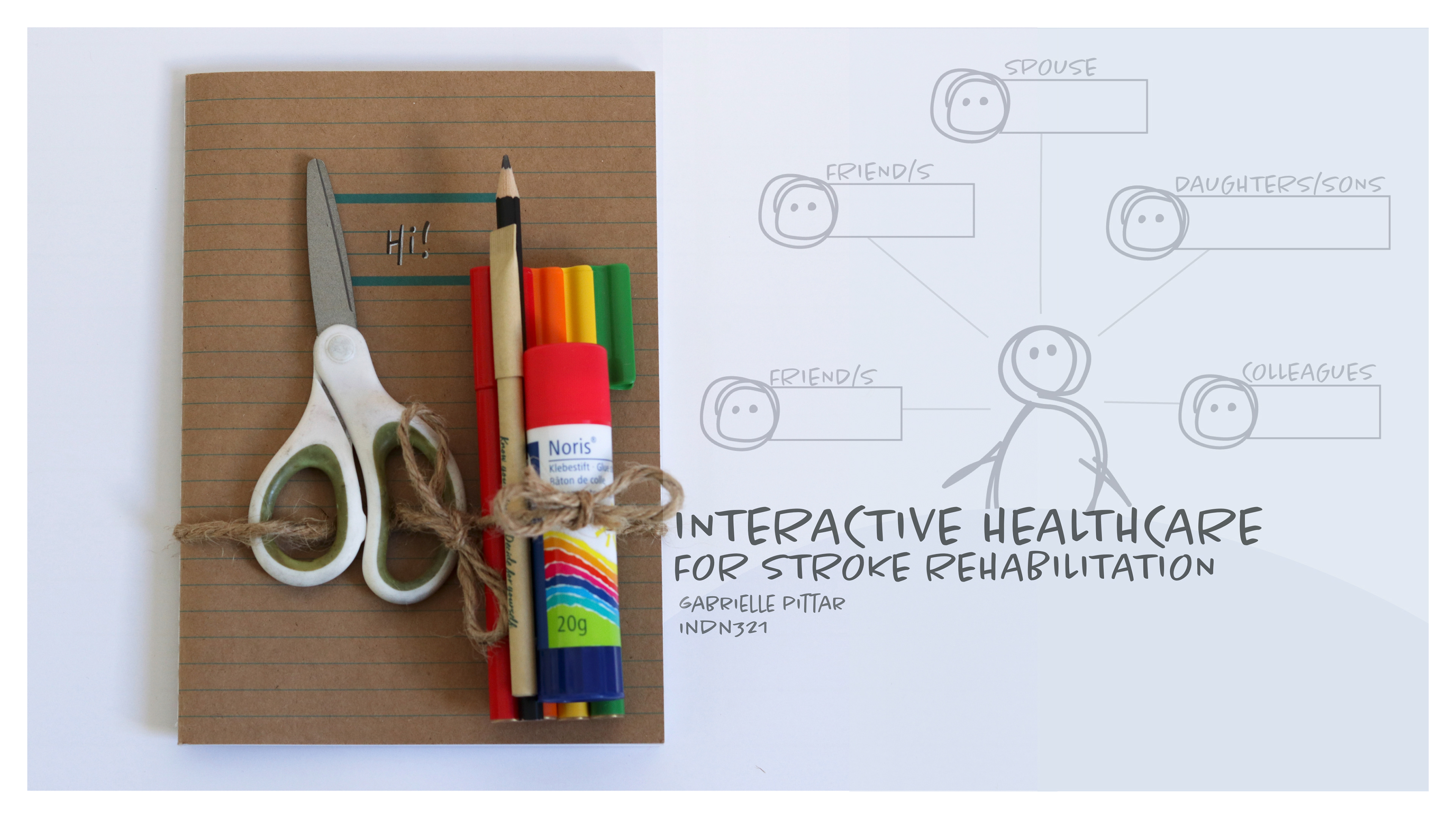

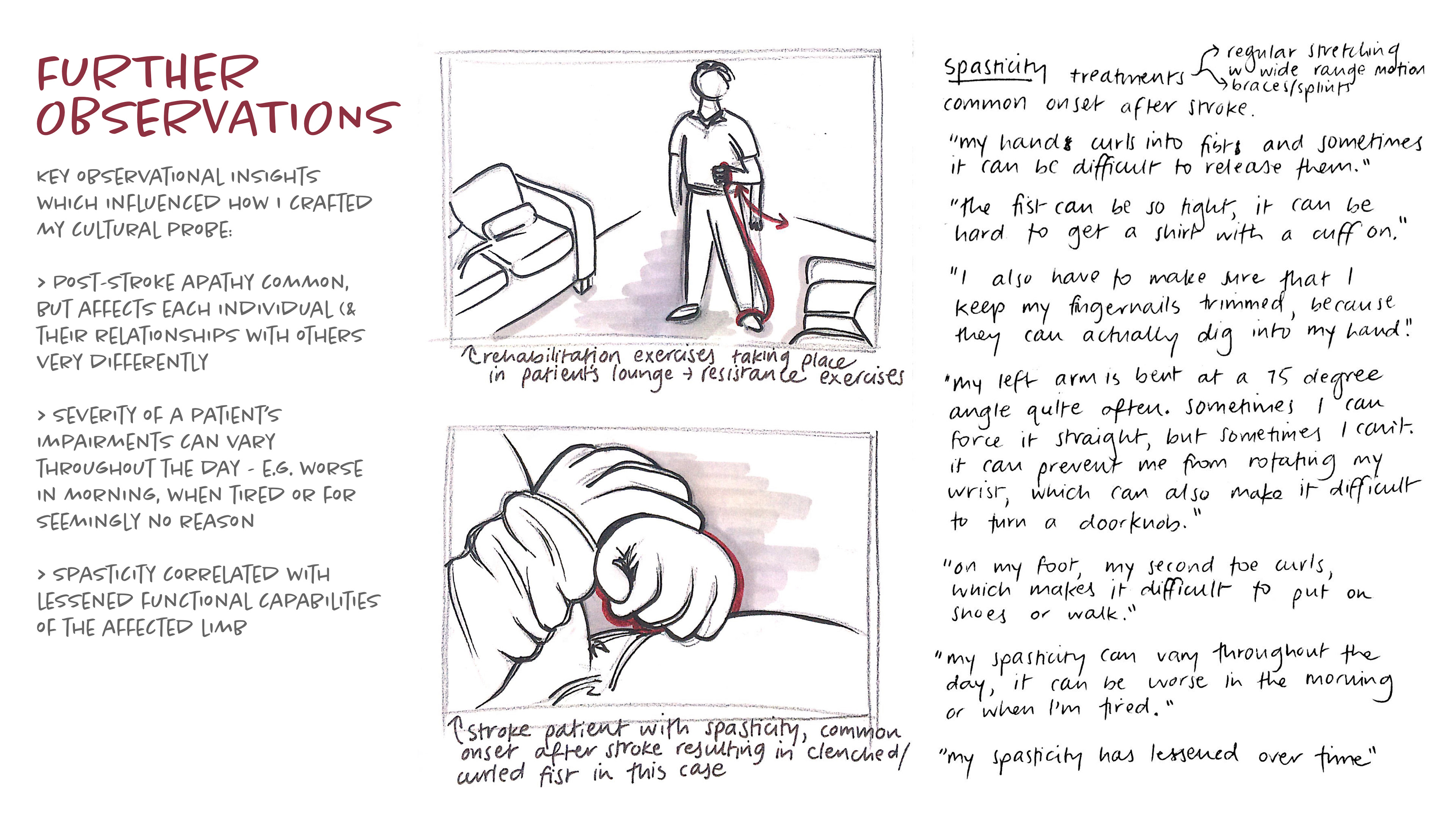
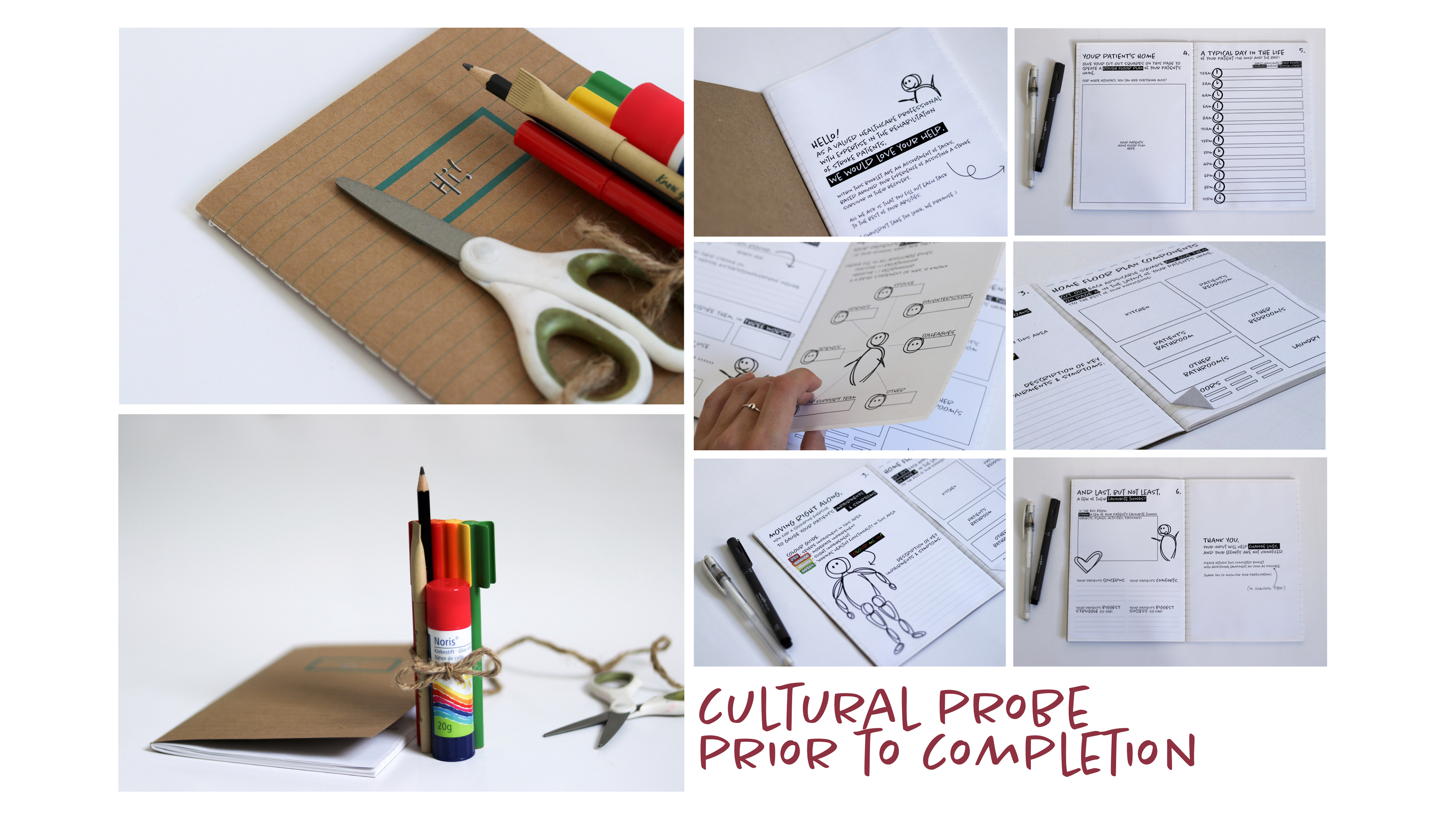
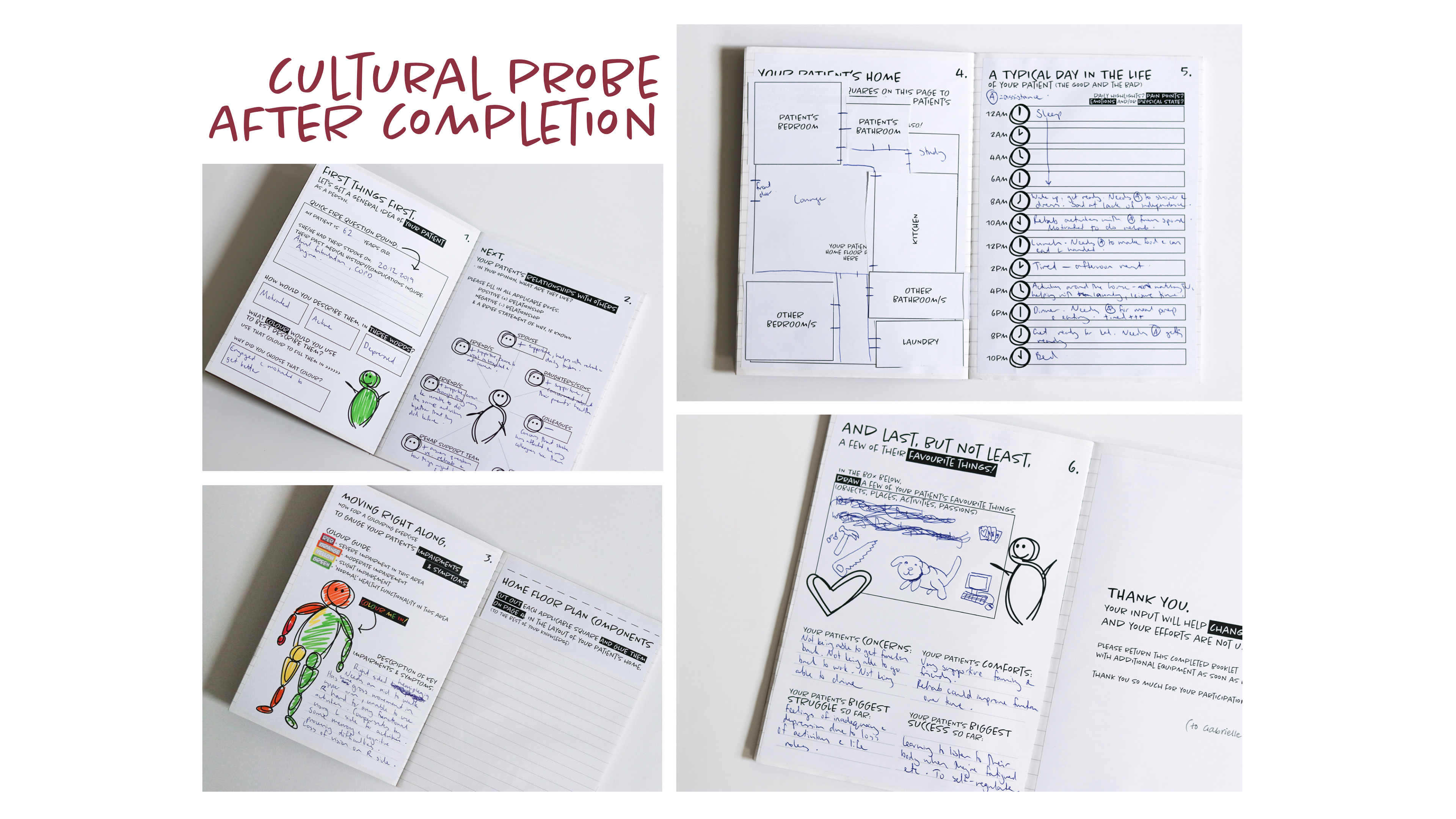
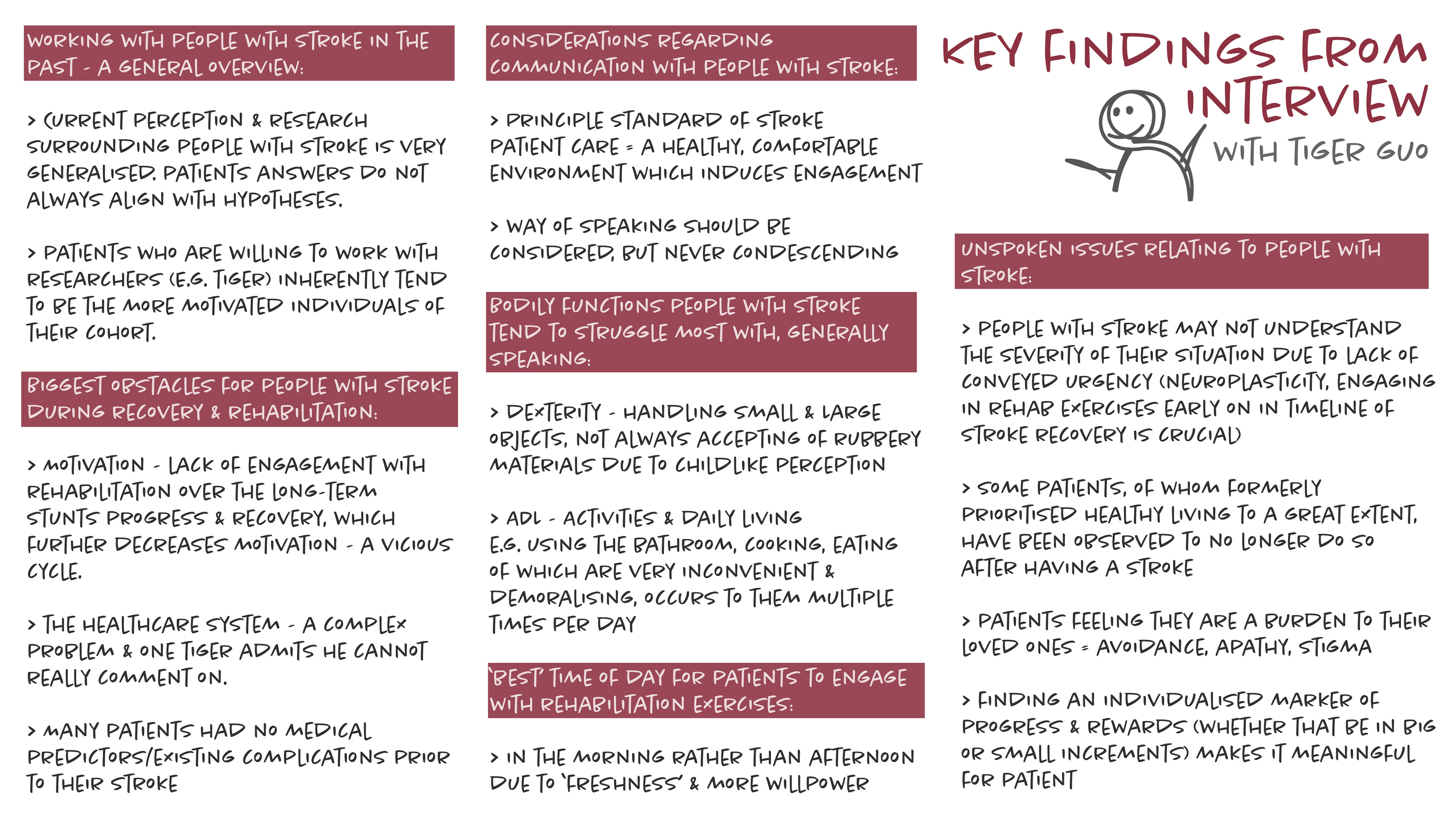
The clinician's answers were largely congruent with information gained in observational research - indicating post-stroke apathy, severe hand impairment and fluctuating daily emotions. Patient relationships were positive aside from those with their colleagues, noting stigma and lack of perceived ability to work. An in-depth interview with another stroke rehabilitation expert covered the same key themes of dexterity, apathy and stigma. A notable insight from the interview was the importance of establishing individualised progress markers for each patient to measure achievement, encouraging further progress.
From this data, I aimed to evoke positive interaction with a commonplace object in the home – in this case, a door handle. A key capability of the redesigned item would include the incorporation of a simple rehabilitation exercise. The door handle includes multiple attachments that gradually minimise the surface area of the handle. In this way, the 'difficulty' becomes progressively greater, as the person's hand and arm dexterity become more proficient. The 'layers' of the door handle attachment offer tangible progress markers - each attachment that is removed may indicate an improvement in the patient's dexterity.
Journey mapping, design exploration & development





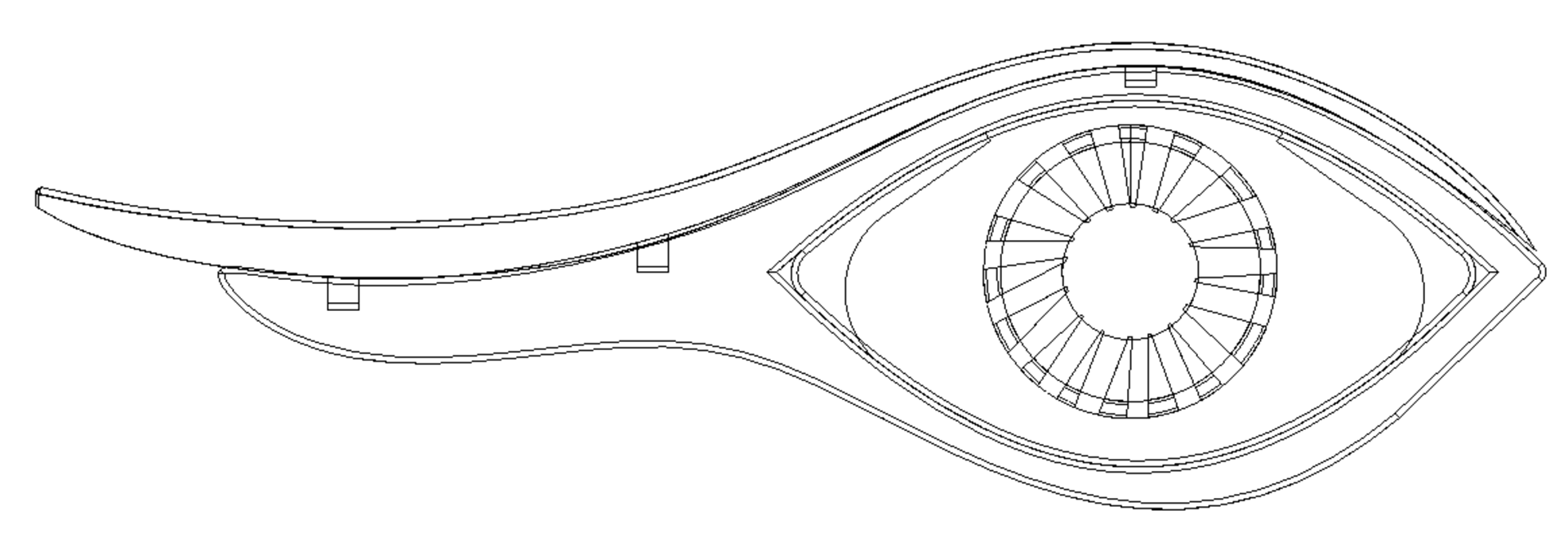


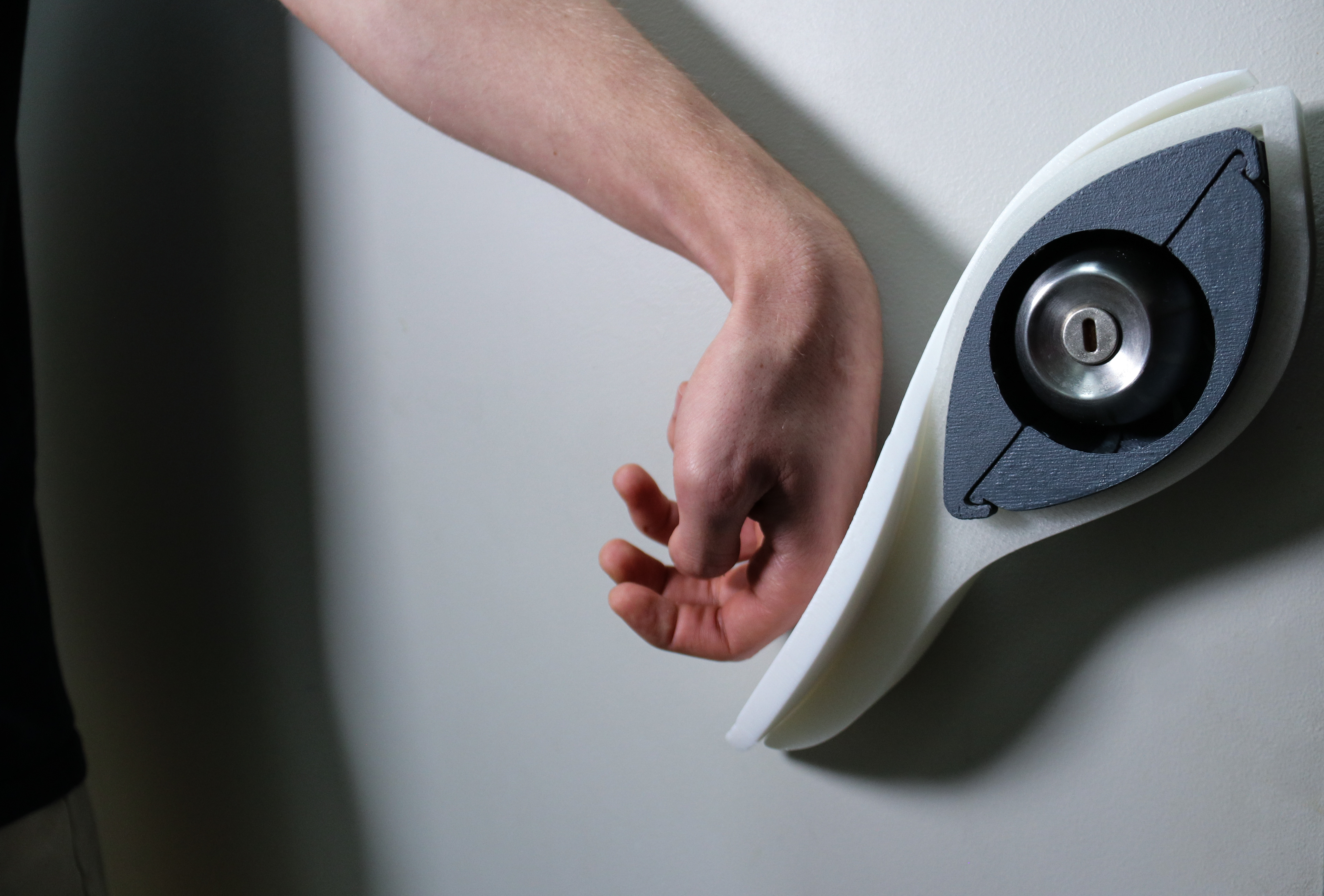
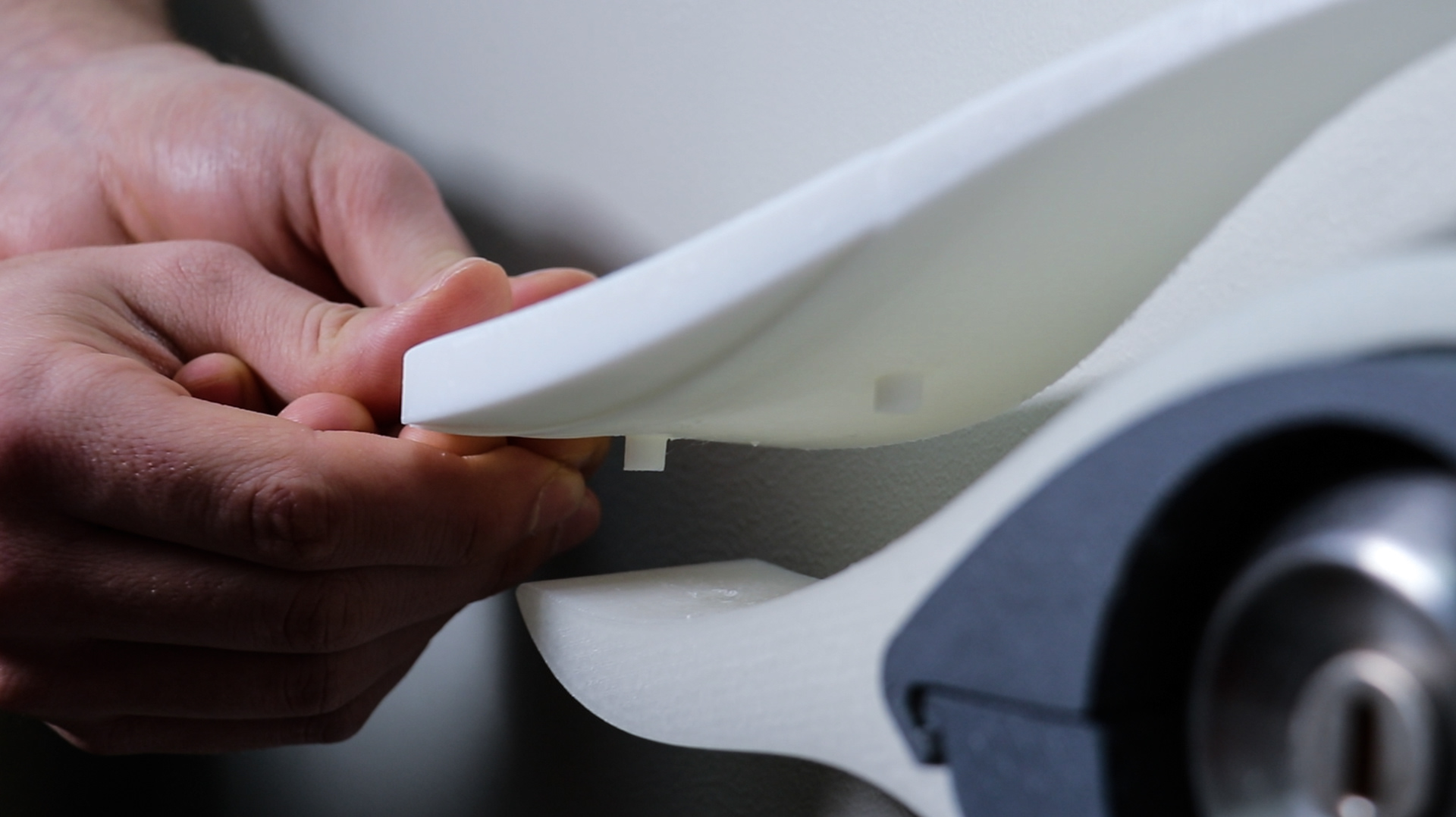
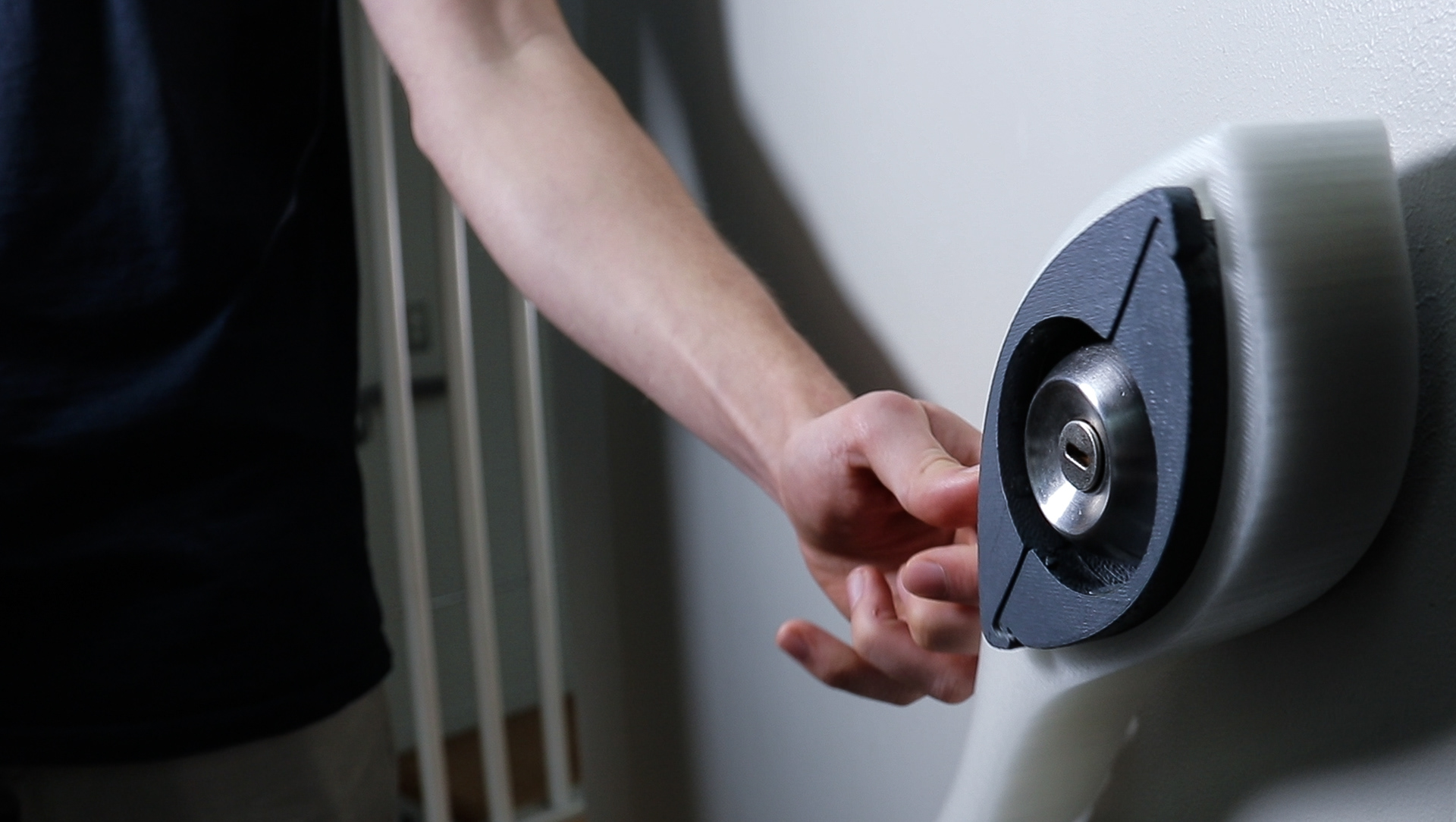
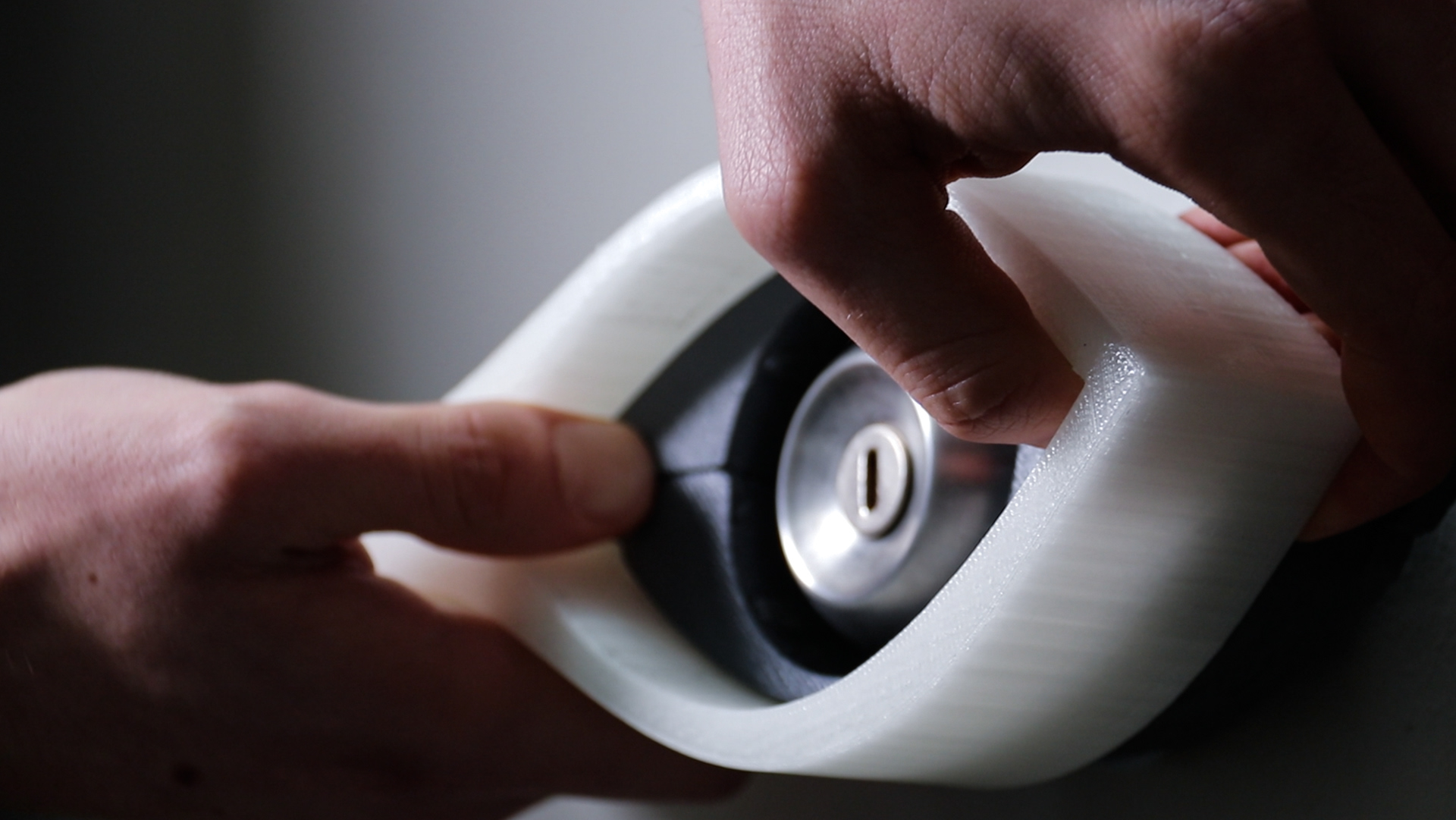

Final design – product video
